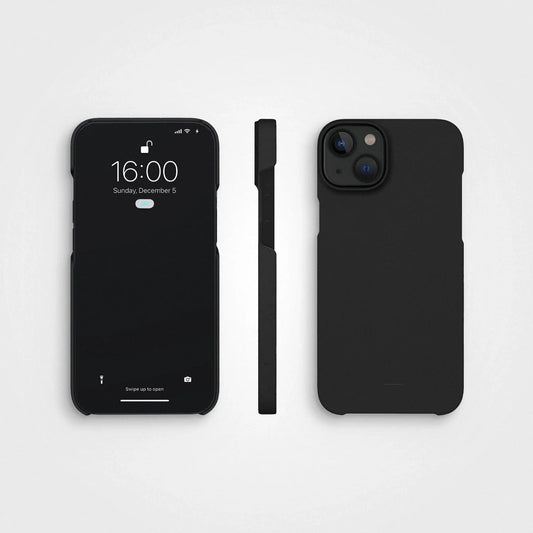The Wear Orange Campaign was launched in 2015 in the US following the shooting of Hadiya Pendleton. Hadiya was just 15 when she was shot on the street whilst chatting with friends.
A week earlier she had performed with her school band at US President Obama's second inauguration ceremony.
Her grieving friends and family wore orange to raise awareness about gun violence and honour those whose lives have been taken.
The movement spread across America and then internationally by the International Action Network on Small Arms (IANSA) and the United Nations.
Today, the Wear Orange Campaign supports communities working locally at the intersection of racial justice and gun-violence prevention.
Given the recent monumental development in the US – followed closely by an entire world – and the clear messages from The Black Lives Matter movement against police brutality and systemic racism, now more than ever it is important to see the many implications of social and racial injustice.
"Black Americans represent the majority of homicide and nonfatal shooting victims in the U.S. and are far more likely than white Americans to be victimized by and exposed to gun violence."
– wearorange.org
The Wear Orange Campaign asks supporters to take a photo of themselves wearing an orange item of clothing or accessory and share the photo on social media using the hashtags #WearOrange #EndGunViolence #IANSA.

Unfortunately, Hadiya’s tragic story is just one of many. Around the world, hundreds of thousands of people are shot and killed every year.
Many more are injured physically and psychologically. Gun violence is a serious affliction on society, tearing apart communities, inhibiting their development, and trapping people in a cycle of terror and poverty they’re unable to break free from.
It’s estimated that gun violence costs $229 billion per year in the US alone. Think about what else that money could be used for.
And that's only the financial cost, not the cost of human lives.
Partnerships to facilitate democratic development
In countries like El Salvador, the level of gun violence means it is practically a war zone. In 2016, 18 people were murdered every day, 77% of them with a firearm. Violent crime is one of the main factors hindering its development.
This is why the United Nations has identified diminishing violent crime as being critical to sustainable development.
As part of our commitment to UN Sustainable Development Goal 17 “Partnerships for Global Goals”, we’re working in collaboration with IM, a Swedish nonprofit organisation, to create A Good Humanium Metal Pen.

3D rendering of the design.
The pen is made from Humanium Metal, a new element manufactured by recycling illegal firearms.

Each Humanium Metal ingot weighs about 4.5 kg (9.9 lbs),
which is approximately the equivalent of how much a fully loaded Kalasjnikov weighs.
We would like our A Good Humanium Metal Pen to be used as a symbol of peace, for example when signing multi-lateral treaties of cooperation addressing the over-crowding of firearms, social injustice and of course, the climate crisis. Showing that the pen is indeed mightier than the sword.
The A Good Humanium Metal Pen project works towards tackling the spread of illegal firearms and rebuilding communities devastated by violent gun crime.
Protecting the planet is all about protecting the people on it
– Elsa Mingitsu
Friday, 5th June, 2020
Without peace and prosperity, we cannot hope to build a truly sustainable world for everyone. Environmental sustainability cannot be achieved – or even worked towards – without social sustainability.
That’s why we’ll be wearing orange this Friday 5th June and posting the photos on our social media to support the Wear Orange Campaign.
We ask you to join us and do your bit to help end gun violence and build a more sustainable world.






























